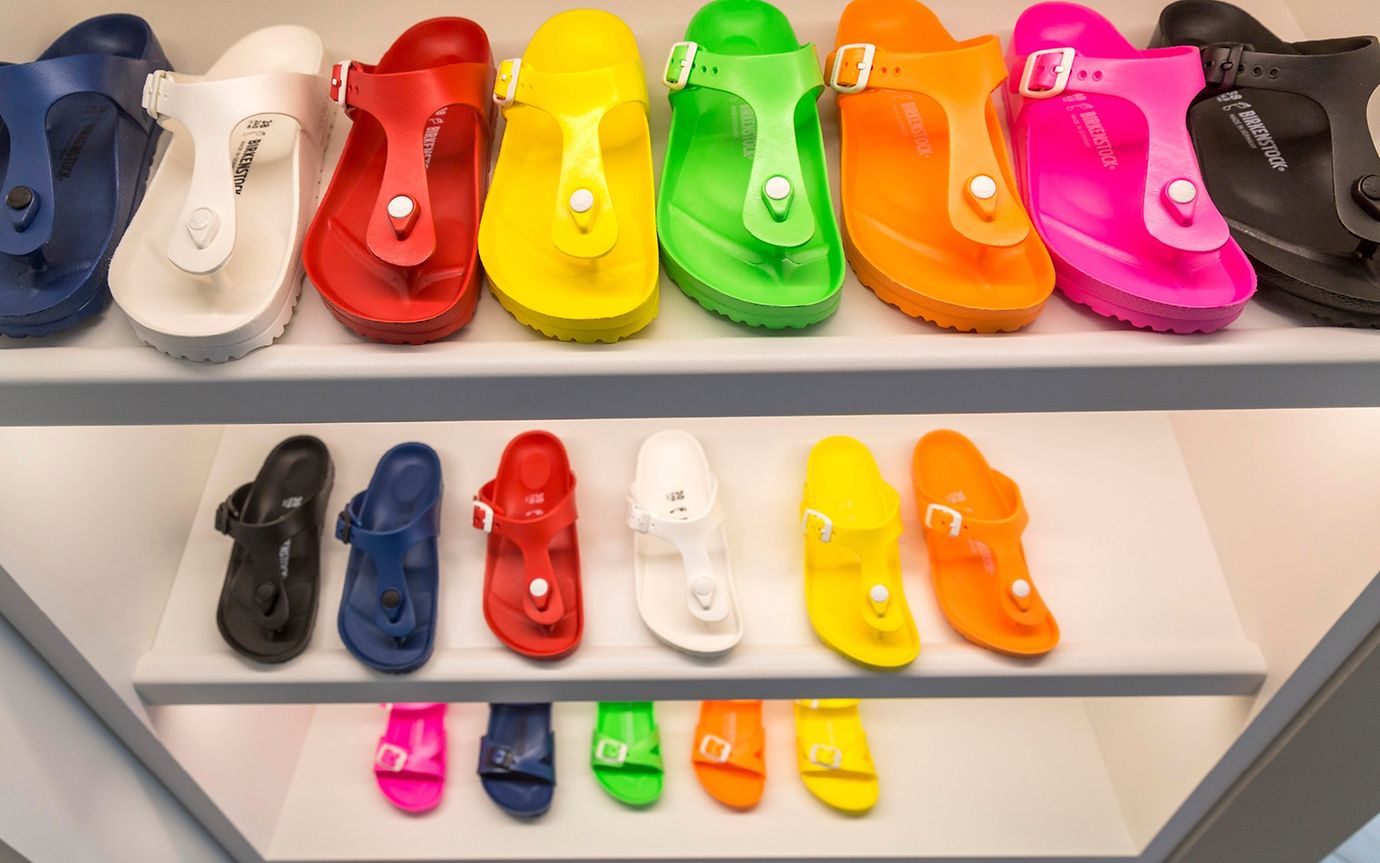在此处更改您的语言和 LGT 位置。
私人客戶的數碼平台
登錄 LGT SmartBanking
金融中介機構的數碼平台
登錄 LGT SmartBanking Pro
解答常見問題 (FAQ)
LGT SmartBanking 幫助
解答常見問題 (FAQ)
LGT SmartBanking Pro 幫助
Arm, Birkenstock and Sandoz are just a few of the companies that have recently gone public, highlighting that after an extended dry spell, the IPO business is picking up steam again. So should investors be in the market from day one? Or should they wait?

Does your iPhone have an Intel chip in it? It doesn't! Because around 15 years ago, Intel decided to turn down Steve Jobs’s invitation to provide the chips for the first iPhone - a huge missed opportunity. And as a result of that decision, almost all smartphones today contain Arm-based processors (Arm is an acronym for Advanced RISC Machines).

Despite its widespread use, most people hadn't heard of Arm until recently. On 14 September 2023, Arm went public on the Nasdaq, the US technology exchange, becoming the biggest IPO of the year. The chip designer set the initial price per share at 51 US dollars. However, trading on the Nasdaq opened at 56.10 US dollars, so 10 per cent above the issue price.
This wasn't Arm’s first IPO. The Cambridge-based company went public in 1998. However, it was taken private in 2016 after being acquired by the Japanese technology group SoftBank. In 2022, SoftBank’s founder Masayoshi Son decided to sell Arm to Nvidia. But the deal fell through due to regulatory issues. Now, Arm’s 2023 IPO, which was effectively Son's "plan B", has filled SoftBank’s financial coffers to the tune of 4.9 billion US dollars. And SoftBank still controls 90 percent of Arm.
But it's not just tech companies that are thinking about going public. Take Birkenstock, the shoe company founded in Germany almost 250 years ago by the shoemaker Johannes Birkenstock. It waltzed its way onto the New York Stock Exchange on 15 October 2023.

For decades, Birkenstocks were seen as the footwear of choice for hippies. But after this year’s blockbuster Barbie movie featured Barbie wearing a pair of pink Birkenstocks, it's probably safe to say that the brand's image has undergone a very significant transformation.
Nevertheless, this shouldn’t come as too much of a surprise. The private equity firm L Catterton, which has held a majority stake in Birkenstock since 2021, knows a thing or two about glamour - after all, it is backed by the luxury group LVMH. L Catterton stated before the IPO that it wanted to retain control of the company. Will that remain the case after Birkenstock's shares stumbled in their initial public foray?
The Swiss stock exchange also had something to look forward to this year. On 4 October, Novartis spun off Sandoz, its generics division. People who are familiar with the pharma landscape will know that Sandoz was one of the two pharmaceutical and chemical giants that merged to form Novartis in 1996.
Novartis hopes that the spin-off will enable it to concentrate more on its core competencies, namely patented innovative medicines. This is good news for Novartis shareholders, as they will receive one Sandoz share for every five Novartis shares they hold.
But Arm, Birkenstock and Sandoz are just the tip of the iceberg. After having their plans to go public thwarted last year due to interest rate hikes, many companies are now gearing up for an IPO. However, the numbers are nowhere near what they were during the golden age of stock markets in the years leading up to the noughties. But for a stock listing to be successful, it takes more than just a compelling story - the fundamentals also need to be strong. And, if a company has both of these characteristics, there is likely to be some hype in the market on the first day of trading.

So why is going public no longer as attractive for some companies? "These days, it’s smaller companies in particular that are choosing not to go public", says Jay R. Ritter of the University of Florida. For decades, Ritter has tracked almost every IPO and meticulously analysed how share prices develop in the years that follow.
The last few decades have seen a surge in the number of venture capitalists. According to Ritter, this makes it possible for start-ups to keep financing themselves privately for longer. "And if they're seeing strong growth, they're opting for a buyout from a large corporation instead of going public", he says.
It is no coincidence that like Birkenstock, many European companies opt to list on the New York Stock Exchange. The majority of the world’s most successful IPOs were conducted in the US market: Microsoft (1986), Amazon (1997), Nvidia (1999), Google (2004), Facebook (2012), Moderna (2018). "The US has a significant edge, especially in the life sciences and tech sectors", says Ritter, who has earned himself the moniker "Mr. IPO". But it’s not just facts and figures that count for an IPO, stories and emotions are important too.
Looking at his vast store of data, Ritter has identified two key patterns. First, that the price of most shares skyrockets on the first day of trading. And second, that large corporations do better. Smaller companies tend to underperform and fall behind in the longer term. "This is something we see both in Europe and in the US", Ritter says.

Between 2008 and 2022, shares listed on the Nasdaq traded 69 percent higher than their issue price. As a result, investors who bought shares during the subscription period or got in early on the first day of trading were able to achieve an average return of around 30 percent.
This outperformance enjoyed by freshly issued shares lasts up to three months. After that, the "IPO effect" fizzles out. In the longer term, euphoria gives way to sobriety. Three years after an IPO, 64 percent of shares actually underperformed the overall market by 10 percent. "This phenomenon can be observed in Europe and in the US", says Ritter.
For Ritter, there is one company in particular whose share price serves as a reminder that early success does not guarantee continued success: Cisco Systems. The company’s share price skyrocketed after it went public in 1990, but has stagnated since 2000. The lesson that should be taken from this, he says, is that "Investors should closely examine each company individually."
In the case of Arm, Birkenstock and Sandoz, investors can at least take comfort in the fact that they have what Ritter calls the necessary "critical mass".